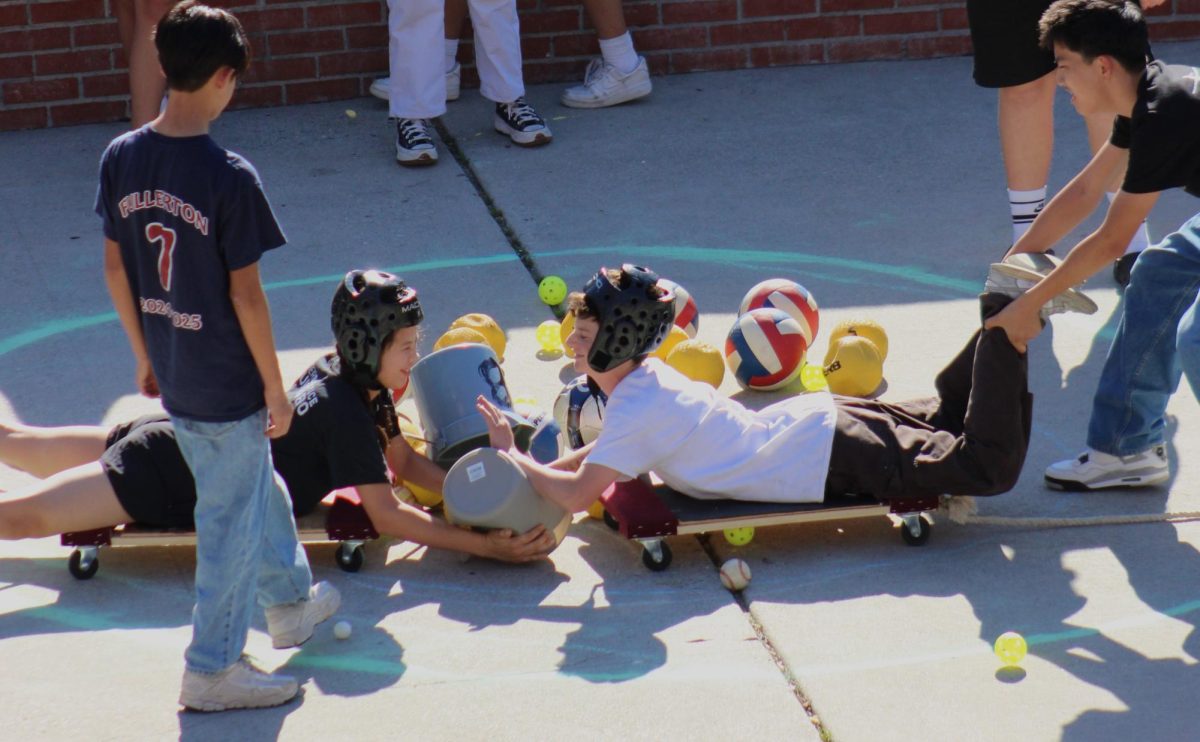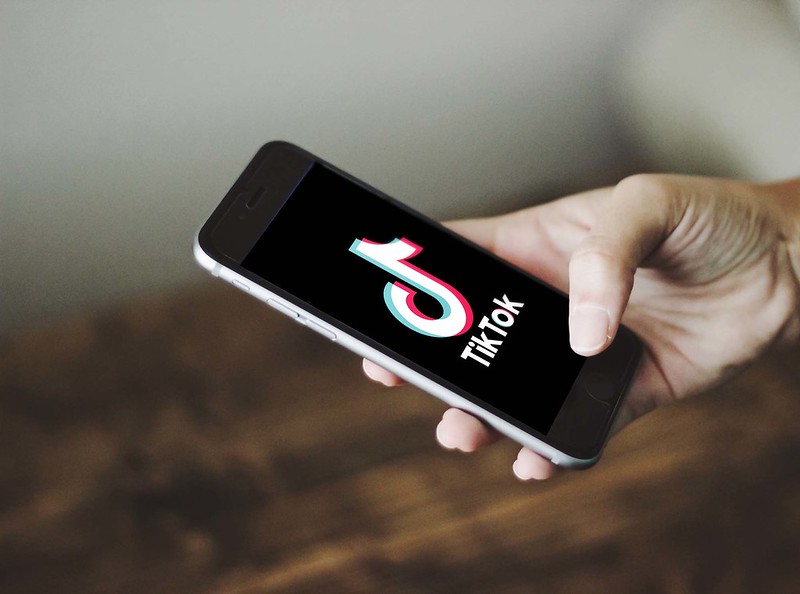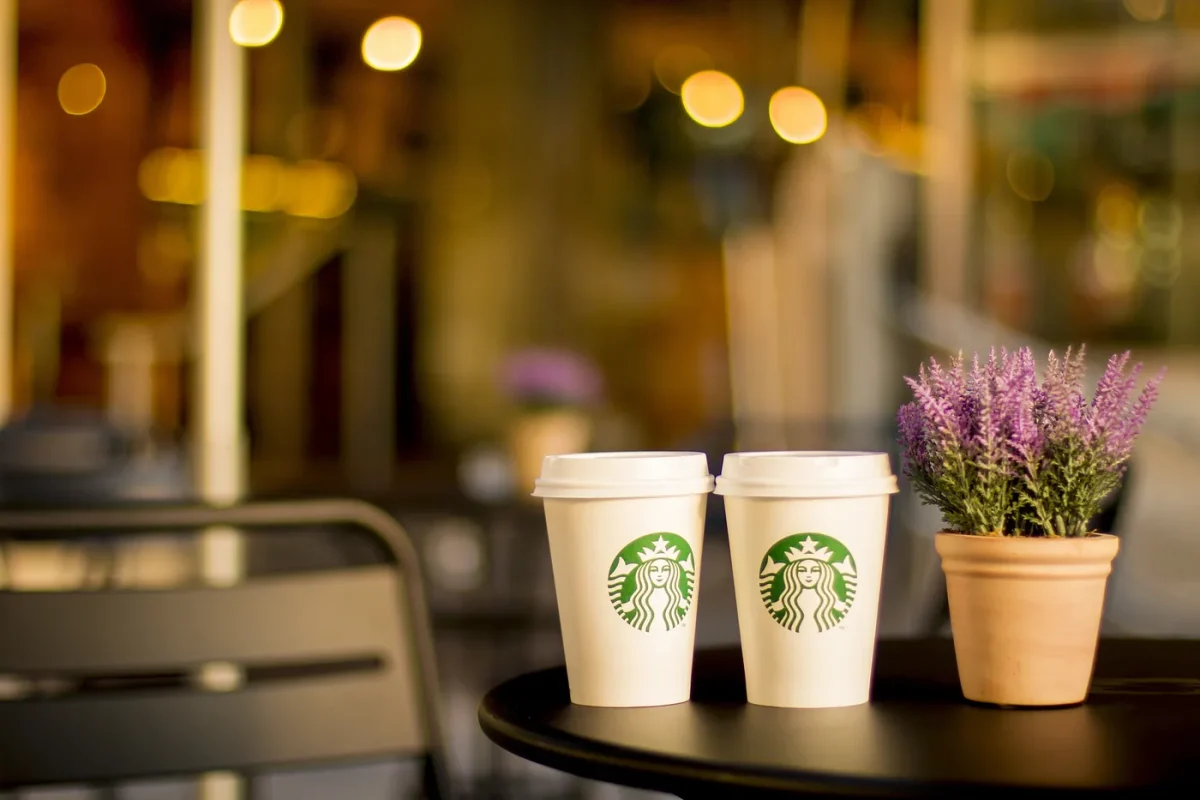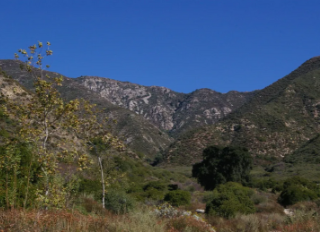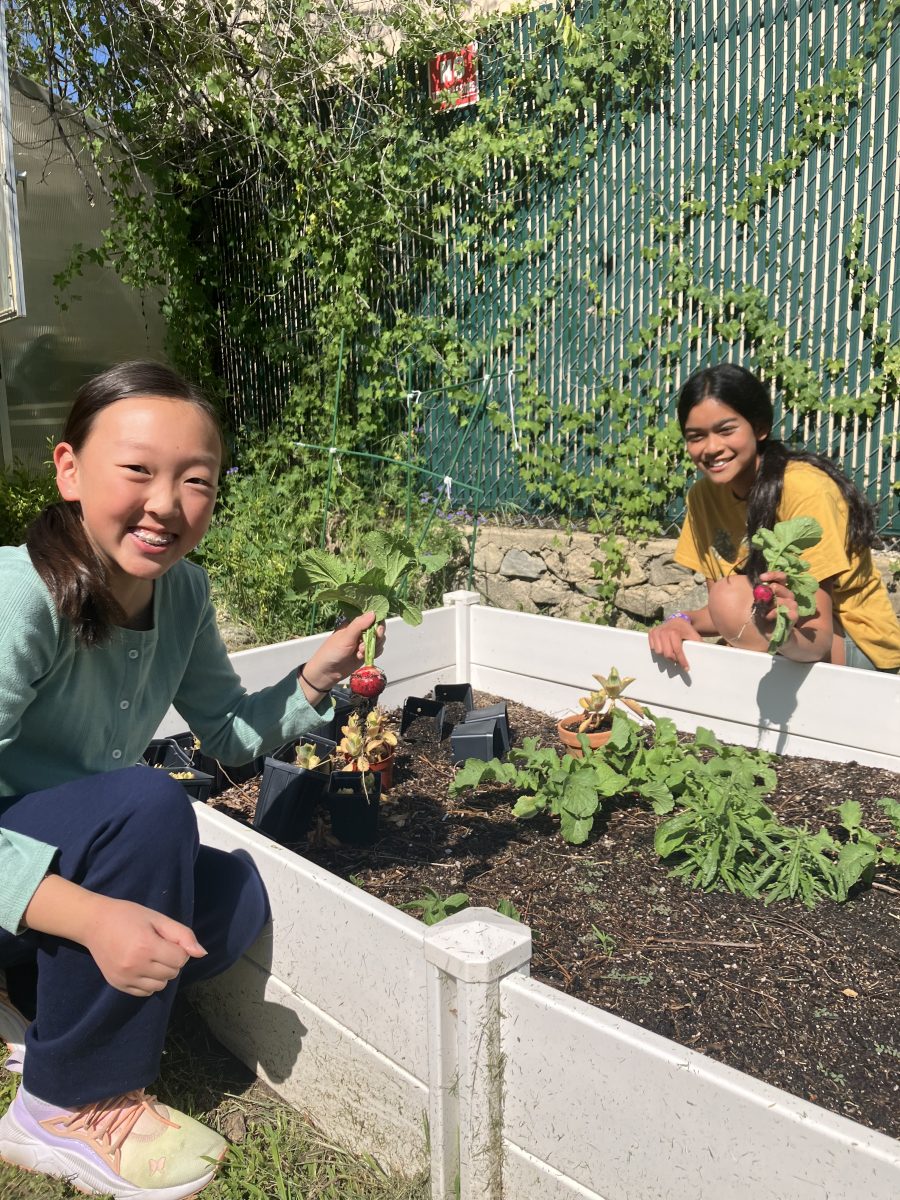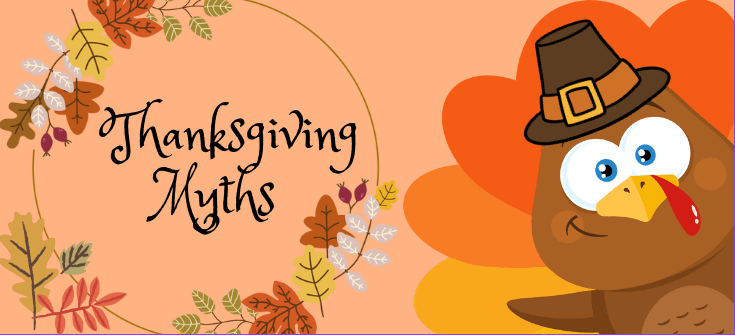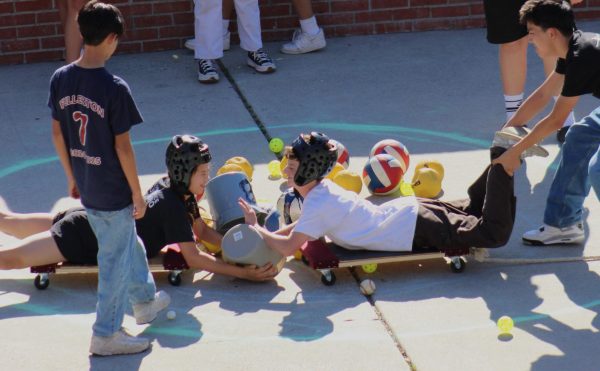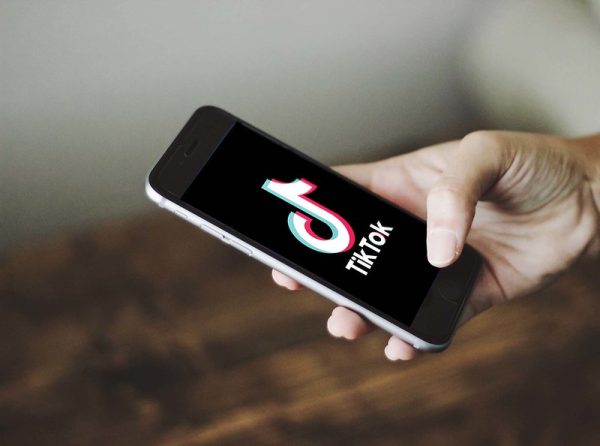Thanksgiving Myths
There are many myths surrounding thanksgiving and its origins. Thanksgiving is an annual holiday in the U.S. and Canada celebrated on the 4th Thursday of November. A typical Thanksgiving nowadays has stuffing, gravy, pumpkin pie, cranberries, and who could forget, a turkey. Thanksgiving is a busy holiday where people come together to spend quality time with their family and friends. But how did this holiday come to be? And what is or isn´t true about the origins of this holiday?
Thanksgiving origins
The national holiday Thanksgiving is believed to be based on a harvest feast shared by the Wampanoag Indian tribe and the English colonists, commonly referred to as the Pilgrims, in 1621. The most accurate faces about this holiday come from a letter written by Edward Winslow (an English settler). In the letter, Edward describes a week-long harvest fest. They celebrated with King Massasoit, the Wampanoag Chief, and 90 other Wampanoag men. In the letter, Edwards didn’t specifically call the celebration Thanksgiving. At the first Thanksgiving, it is believed they had deer, local seafood, and fruits from the first pilgrim harvest like pumpkin. There is no record proving that the famous Thanksgiving turkey was eaten at the feast and it is likely that the pilgrims hunted easier prey like ducks or geese. When did Thanksgiving become a holiday though?
While today Thanksgiving is on the 4th of November back in the 1700s-1800s it used to just be whenever the president declared a Thanksgiving. The first time America recognized Thanksgiving as a national holiday was to celebrate the colonists’ victory in the Battle of Saratoga. George Washington again celebrated a national day of thanks in 1789 on the last Thursday of November to celebrate the ratification of the Constitution and the end of the Revolutionary War. There was no Thanksgiving celebration in 1801 because President Thomas Jefferson believed there should be a separation between the church and government. Back then Thanksgiving was a very religious celebration. This statement made by Jefferson was contradicting because in 1779 Jefferson declared a day of Thanksgiving and prayer when he was governor of Virginia. Sarah Josephala Hale an author and editor petitioned that Thanksgiving should be a national holiday to five presidents. President Lincon finally declared Thanksgiving as a National holiday celebrated on the last Thursday of November. Even after Thanksgiving was an official holiday, presidents still had to proclaim the holiday so sometimes it wasn’t celebrated on the last Thursday of November. This changed on December 26, 1941, when President Franklin Roosevelt made Thanksgiving a legal holiday celebrated on the 4th of November. But why did he do this? After Franklin announced Thanksgiving to be on the 23 instead of the 30th he received tons of backlash and some people celebrated it on the 30th instead.
5 myths about Thanksgiving:
MYTH: The Wampanoag Indians and the pilgrims shared a feast with pumpkins, turkey, sweet potatoes, and cranberries.
TRUTH: While some of this could’ve happened there is no proof that there was a turkey severed, and even though they likely had pumpkins it is unlikely that they would’ve made it into a pumpkin pie. According to the Washington Post, the colonists didn’t know of sweet potatoes but it is possible cranberries were severed but probably not in the way we know it.
MYTH: The Pilgrims wore belt buckles and shoe buckles and dressed in black and white.
TRUTH: This myth is false, the pilgrims were actually dressed colorfully and buckles didn’t become popular among them until later on.
MYTH: The 1621 harvest fest was the first celebration of its kind.
TRUTH: There are harvest fests that go back centuries before like one celebrated by Europeans in 1578.
MYTH: The first Thanksgiving was celebrated on the 4th Thursday of November.
TRUTH: The first Thanksgiving is believed to have been celebrated in late September to Early November.
MYTH: The first Thanksgiving was a small celebration.
TRUTH: Records show that the first Thanksgiving was celebrated by around 140 people.
Just because Thanksgiving is a special holiday where you express your gratitude for things that aren’t always appreciated doesn’t mean you can’t show gratitude every day. Two ways to show your gratitude in everyday life are to make a gratitude jar or just say thanks every once in a while. A little gratitude can go a long way!
Sources:
https://www.holidaysmart.com/articles/8-myths-about-first-thanksgiving
https://www.washingtonpost.com/blogs/answer-sheet/post/5-myths-about-thanksgiving/2011/11/22/gIQA3UffmN_blog.html
https://www.si.edu/spotlight/thanksgiving/history
https://www.history.com/news/thanksgiving-history-trivia-facts https://blogs.loc.gov/headlinesandheroes/2021/11/a-presidential-history-of-thanksgiving/#:~:text=She%20finally%20had%20success%20when,harmony%2C%20tranquility%20and%20Union.%E2%80%9D
https://www.britannica.com/topic/Thanksgiving-Day
Your donation will support the student journalists of Rosemont Middle School. Your contribution will allow us to purchase equipment and cover our annual website costs.

Hello, my name is Leni Frommel-Martinez, I am an 8th grader that is a member of the Spartan Scroll and an editor for the news section. I have been a vegetarian...

